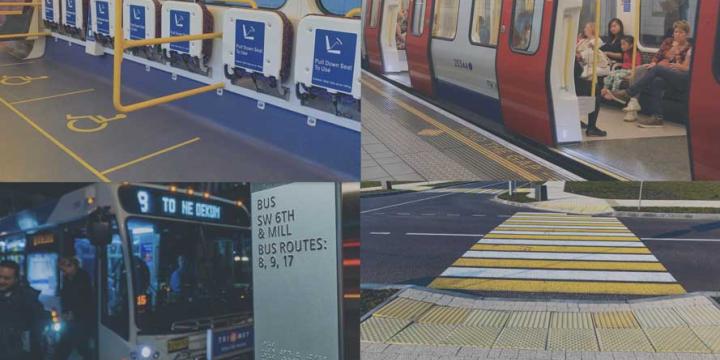Course Info
10 video lessons (53 Mins)
Published
2016-
4.23
Preview Course
Browse Course Chapters
-
1.Introduction
2 mins
-
2.Static vs. Dynamic
6 mins
-
3.Movement and Visibility
6 mins
-
4.Where We Are and Where We Can Go
4 mins
-
5.The Strip Effect
5 mins
-
6.Distinctive Neighborhoods
4 mins
-
7.City Center and Edge City
6 mins
-
8.Rudimentary Hierarchies
5 mins
-
9.'One Size Fits All'
6 mins
-
10.The Ticking Time Bomb of Cities
4 mins
Course Description
The course discusses the design of the urban pattern in several American cities (Los Angeles, Chicago, Las Vegas, Seattle, St. Louis, Orlando, and Phoenix). The courses examines: 1) the synergy between different scales of movement patterned into the urban grid, which contributes to the "urban buzz" of distinctive neighborhoods and places; 2) the large role that local topography plays in allowing, limiting, or denying certain possibilities for urban growth, due to the massive horizontal scale of American cities and the practical necessity of overcoming topographical conditions; and 3) the consequences of government regulations, Euclidean zoning, modern transportation planning, and suburbanization during the post-war period in generating a hierarchal grid logic to the American regular grid planning tradition. The implications of development patterns and land consumption unseen during history of city building over the previous 10,000 years are discussed.
Learn these skills
- History
- Land Use
- Pedestrian Planning
- Plan Making
- Transportation
- Urban Design
- Walkability
- Zoning Codes



























